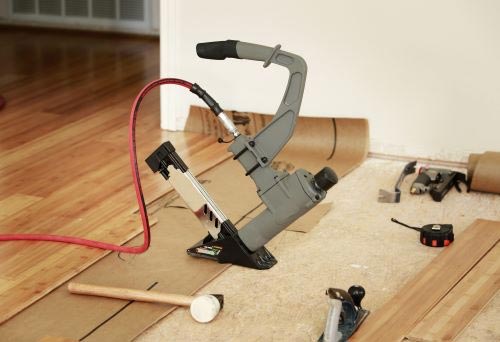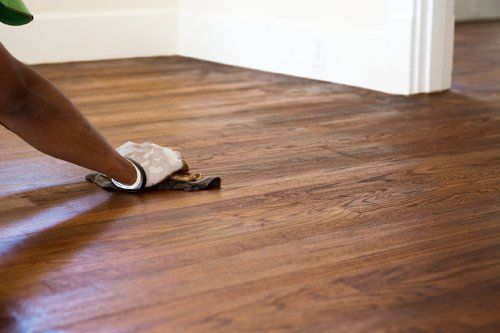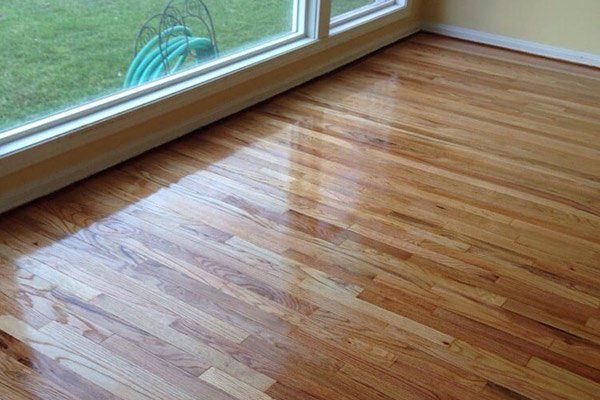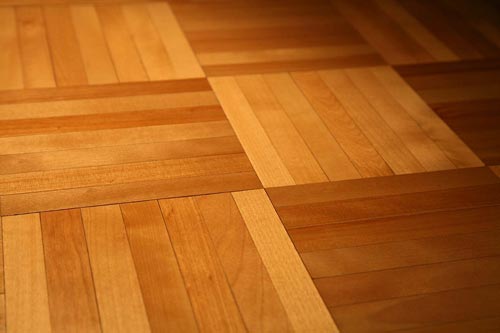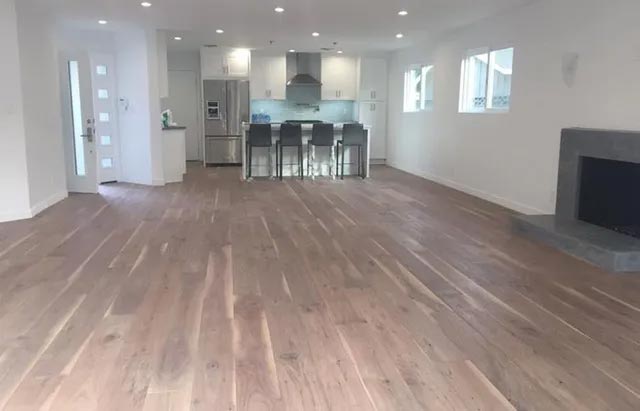4 Options for Changing the Color of Your Hardwood Floors
There are plenty of methods for changing the color of your floor, but not all methods will work on every floor. Read this blog to learn about your options.
No matter what wood, stain, or finish you currently have for your floors, you're not stuck with the coloring. There are plenty of different methods for changing the color of your floor, but not all methods will work on every floor. Here are some of your options.
1. Sanding and Refinishing
As long as you have healthy hardwood, you can sand and refinish it. You will need to fully sand the floor first. After sanding, you can stain the floor a different color. From there, you add the finish.
The sanding is arguably the most important part of this process. No other method of changing the color of your floorboards can give you the full effect you're looking for without some sanding involved.
Caveats to Sanding and Refinishing
Much of what you can accomplish will depend on the natural color of your hardwood and the condition of the wood. Old, thin hardwood can't stand up to sanding. You will do better by having it replaced. If you have engineered flooring, such as a floating floor not attached to the substrate, you can't sand it.
The same stain solution can show a different color depending on the wood you apply it to. You should test the stain before finalizing your choice. A good time to do it is while sanding. Since you will go over the floor multiple times, you can remove the test stains in the process.
You can also skip staining if you like the natural color of the wood. Even if you do stain, you can find it difficult to make the wood lighter than its natural color.
2. Glazing or Coating
You can add a glaze or coat to your hardwood floors to give them a darker color. Several products exist that will let you change or restore the color of your hardwood floors. Tinted topcoats, varnishes, and various types of polyurethane can give you a darker color.
Caveats to Glazing or Coating
The main issue with adding a coating comes from coating's tendency to wear and fade quickly. As the coating fades, the coloring below it will come through. This process can leave your floor with a patchwork unevenness. Glazing or coating can be a great temporary solution, but it's no substitute for sanding and refinishing the floor properly.
3. Whitewashing
Whitewashing your hardwood can give you a brighter color that helps your furniture or décor stand out. Whitewashing or bleaching the wood can give it a softer look without hiding the character of the wood itself.
You'll find many products specifically designed to whitewash a hardwood floor. Many people have created good results by mixing their own whitewash solution of white paint and water.
Caveats to Whitewashing
Whitewashing works best on lighter wood. If you try to whitewash or bleach darker wood, you can end up with a grayish, brownish, or muddy color you probably won't find too appealing. To maintain the whitewashed look, a seal or finish should go on top as well.
4. Speaking to Professionals
You can change the color of the hardwood yourself if you know what you're doing. However, you can easily damage or ruin your hardwood floors if you go about the process haphazardly.
In almost all cases, you should speak with a professional hardwood flooring service about your options. No two hardwood floors are the same. Each floor will take to staining or other coloring methods differently.
At K & Z Hardwood Flooring, we can help guide you towards the best option for changing the color and character of your hardwood floors. If you have questions or need professional hardwood services, contact us today.
